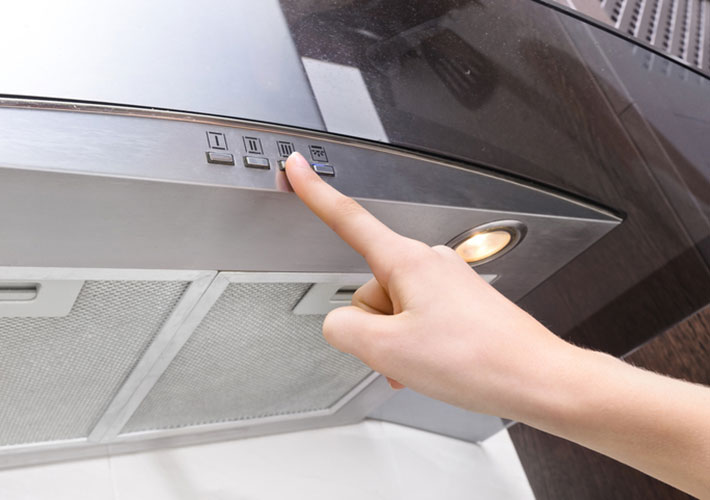
New Standard Measures How Well Kitchen Range Hoods Remove Pollutants
A new ASTM International standard will help measure how well wall-mounted kitchen range hoods capture indoor air pollutants. This could help organizations that rate the products and, in turn, consumers who buy them.
“Cooking has been identified as a major source of indoor air pollutants in homes,” says ASTM International member Iain Walker, a scientist at the Lawrence Berkeley National Laboratory. “This includes water vapor, odor, and health-related contaminants.”
Building codes and ventilation standards address the air flow requirements of range hoods, but there is still wide variance in the ability of hoods to remove pollutants, according to Walker. The new standard will help consumers select range hoods based on how well they capture pollutants and exhaust them outside the home, instead of relying on air flow specifications that are not always good indicators of pollutant removal.
“The new standard allows us to rate how well a range hood works by determining how much of a cooking contaminant from a cooktop is directly exhausted to outside,” says Walker. “The ratings can then be used to specify better performing products and to set minimum acceptable performance limits.”
He notes that manufacturers could use the standard to develop and market products that better capture pollutants. Regulatory bodies could specify minimum performance requirements.
The new standard (soon to be published as E3087) was developed by the subcommittee on air leakage and ventilation performance, part of ASTM International’s committee on performance of buildings (E06).
Walker says that the subcommittee would eventually like to adapt the test procedures for island and downdraft systems. All interested parties are invited to join in these efforts.
 SN Home
SN Home Archive
Archive Advertisers
Advertisers Masthead
Masthead RateCard
RateCard Subscribe
Subscribe Email Editor
Email Editor